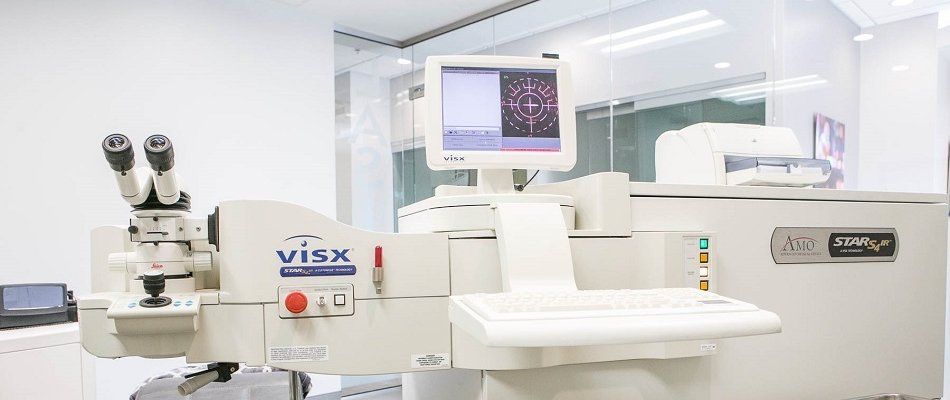LASEK SURGERY
LASEK Surgery (Laser Epithelial Keratomileusis) is very similar to LASIK and PRK. The end goal is very much the same, which is to reshape the cornea to allow light to enter the eye in a way that it is translated onto the retina in proper focus to create clear and crisp vision.
LASEK Surgery vs LASIK
The main difference between LASEK and LASIK is the thickness of the flap that is created. With LASIK, the epithelium and stroma are normally cut to a thickness of 100-180 microns, whereas with LASEK the epithelium is normally cut to a thickness of 50 microns while leaving the stroma uncut.
Pros vs LASIK:
* Suitable if the cornea is too thin for LASIK
* Less depth of laser treatment compared to LASIK
* Reduced risk of compromised corneal thickness
* No complications related to the stromal flap
Cons vs LASIK:
* Patients experience more discomfort during recovery than LASIK patients
* Slower recovery times compared to LASIK
* Vision improvement take place gradually so end results take longer to stabilize
* Follow-up enhancements with LASIK are easier if needed
WE WOULD LOVE
TO SEE YOU
Contact Us
LASEK Surgery: The Procedure
It is different from LASISK and PRK because it starts with the application of alcohol to the corneal epithelium. This is done to loosen the outermost corneal cells allowing the surgeon to lift the epithelial layer using a surgical instrument (trephine) to preserve it while the surgery takes place. This layer is then replaced on the eye’s surface once the surgery has been completed, normally covered with a contact lens to help keep it in place.
Like with PRK, LASEK Surgery can be a good option for certain patients with thin corneas, but it’s popularity has decreased due to the slower recovery times compared to PRK. Slower recovery times are due to the fact that it normally takes less time to grow an entirely new epithelial layer than it does to heal a removed and replaced epithelial layer.



